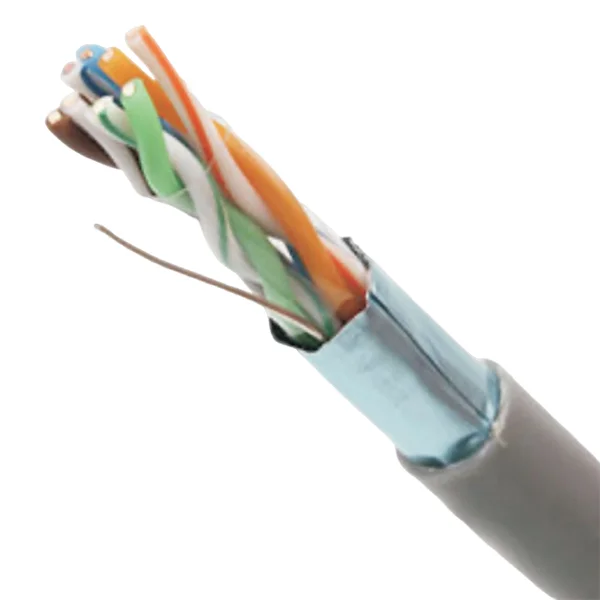Unraveling the Mysteries: A Comprehensive Guide to Diagnosing Circuit Board Problems
3 min readDiagnosing circuit board problems can often feel like solving a complex puzzle. With the increasing reliance on electronic devices in both consumer and industrial applications, the ability to effectively troubleshoot circuit boards is a critical skill for engineers, technicians, and hobbyists alike. This article aims to provide a detailed, multi-layered approach to diagnosing circuit board issues, ensuring that you are equipped with the knowledge and tools necessary to tackle these challenges head-on.
Understanding the Basics of Circuit Boards
Before diving into diagnostics, it’s essential to understand the fundamental components of a circuit board. A circuit board typically consists of:
- Conductive pathways: Copper traces that connect various components.
- Components: Resistors, capacitors, diodes, transistors, and integrated circuits (ICs) that perform specific functions.
- Substrates: The base material, usually fiberglass or epoxy resin, that provides structural support.
Each component plays a vital role in the overall functionality of the circuit. Understanding how these components interact will aid in identifying potential issues.
Step 1: Visual Inspection
The first step in diagnosing a circuit board problem is a thorough visual inspection. This process involves:
- Checking for physical damage: Look for burnt components, cracked solder joints, or broken traces. Any visible signs of damage can provide immediate clues about the problem.
- Identifying corrosion: Corrosion can occur due to moisture or chemical exposure, leading to poor connections. Inspect for any discoloration or residue on the board.
- Examining solder joints: Cold solder joints can lead to intermittent connections. Ensure that all joints are shiny and well-formed.
Step 2: Testing with Multimeters
Once the visual inspection is complete, the next step is to use a multimeter to test various circuit parameters. Here’s how to proceed:
- Continuity Testing: Use the continuity setting to check if the traces are intact. A broken trace will show no continuity, indicating a potential fault.
- Voltage Testing: Measure the voltage at various points on the board. Compare these readings with the expected values from the circuit schematic. Deviations can indicate faulty components or incorrect power supply levels.
- Resistance Testing: Measure the resistance of components like resistors and capacitors. A significantly different reading from the expected value can signal a malfunction.
Step 3: Signal Tracing
Signal tracing is a more advanced technique that involves following the signal through the circuit. This method is particularly useful for diagnosing issues in complex circuits. Here’s how to perform signal tracing:
- Use an Oscilloscope: An oscilloscope allows you to visualize the waveform of signals at various points in the circuit. By comparing the observed waveforms with expected ones, you can identify where the signal deviates from the norm.
- Probe Points: Start at the input of the circuit and work your way through to the output. This method helps isolate the section of the circuit that is malfunctioning.
Step 4: Component Testing
If the problem persists, it may be necessary to test individual components. This can be done using:
- Component Analyzers: These devices can test various components like transistors, diodes, and capacitors to determine their functionality.
- Replacement Testing: If a component is suspected to be faulty, replacing it with a known good component can help confirm the diagnosis.
Step 5: Utilizing Circuit Schematics
Having access to the circuit schematic is invaluable during the diagnostic process. Schematics provide a roadmap of the circuit, allowing you to:
- Identify critical paths: Understanding how signals flow through the circuit can help pinpoint where issues may arise.
- Trace connections: Schematics can help you trace connections between components, making it easier to identify potential faults.
Step 6: Documenting Findings
Throughout the diagnostic process, it’s crucial to document your findings. Keeping a detailed record of:
- Visual inspection results
- Multimeter readings
- Signal tracing observations
- Component test results
This documentation can be invaluable for future troubleshooting and can help others understand the diagnostic process you undertook.
Conclusion
Diagnosing circuit board problems requires a systematic approach that combines visual inspection, testing, and analytical skills. By following the steps outlined in this guide, you can effectively identify and resolve issues within circuit boards, ensuring optimal performance of electronic devices. Whether you are a seasoned engineer or a DIY enthusiast, mastering these diagnostic techniques will enhance your troubleshooting capabilities and deepen your understanding of electronic circuits. Remember, patience and attention to detail are your best allies in this intricate process.

